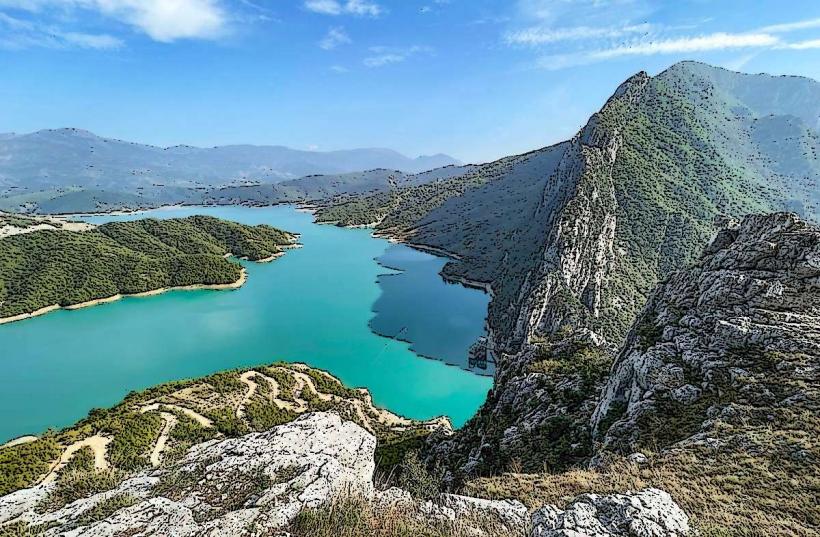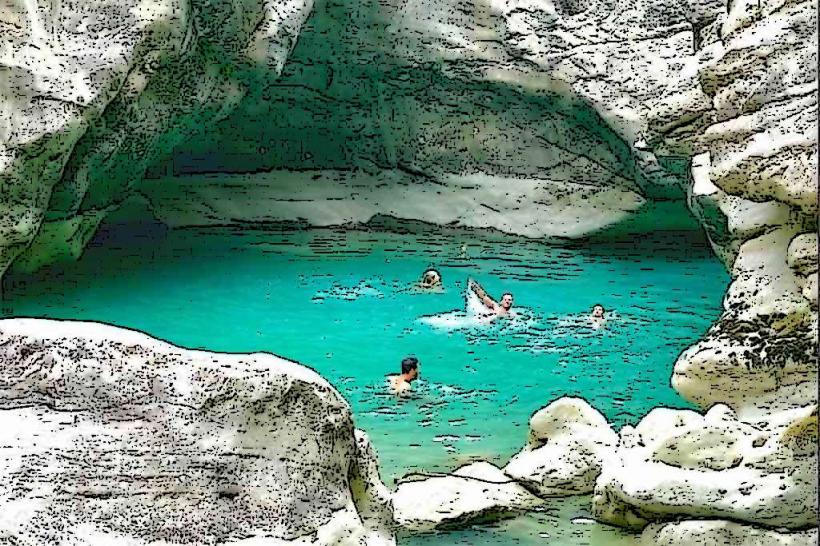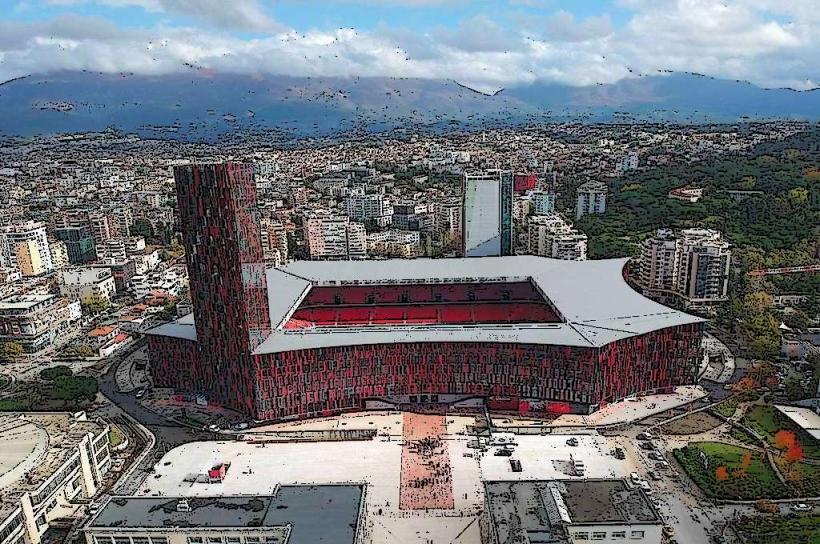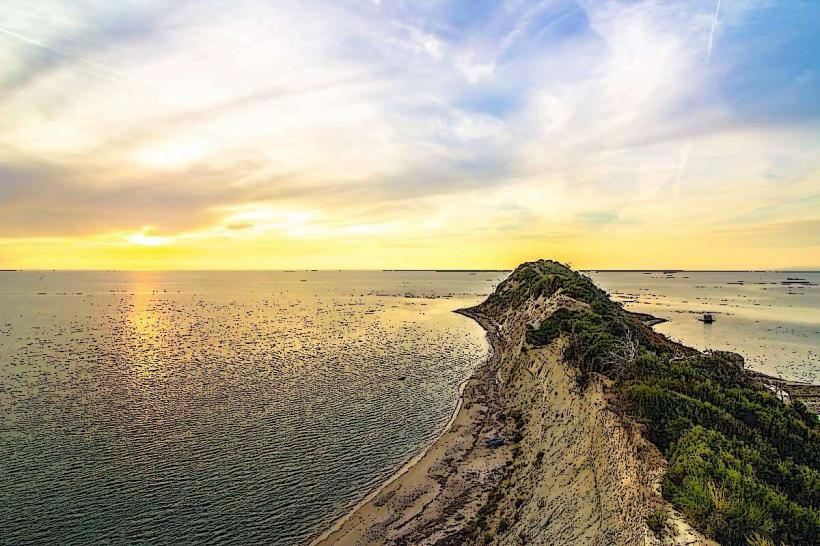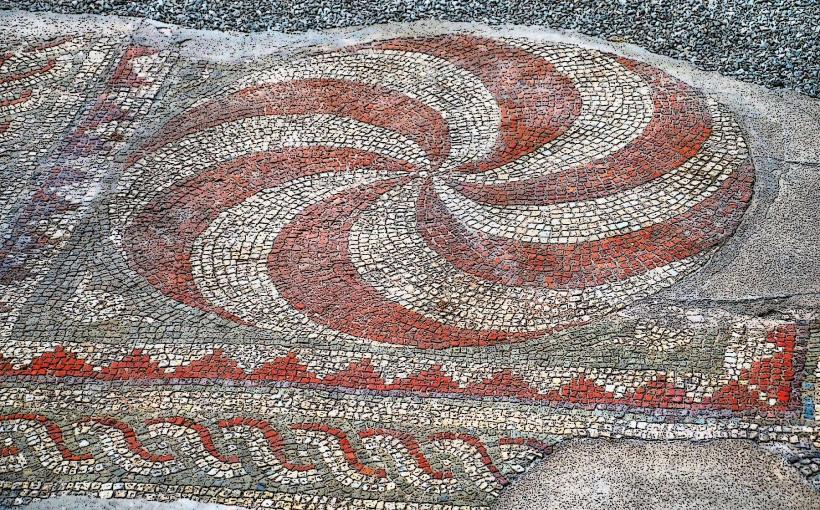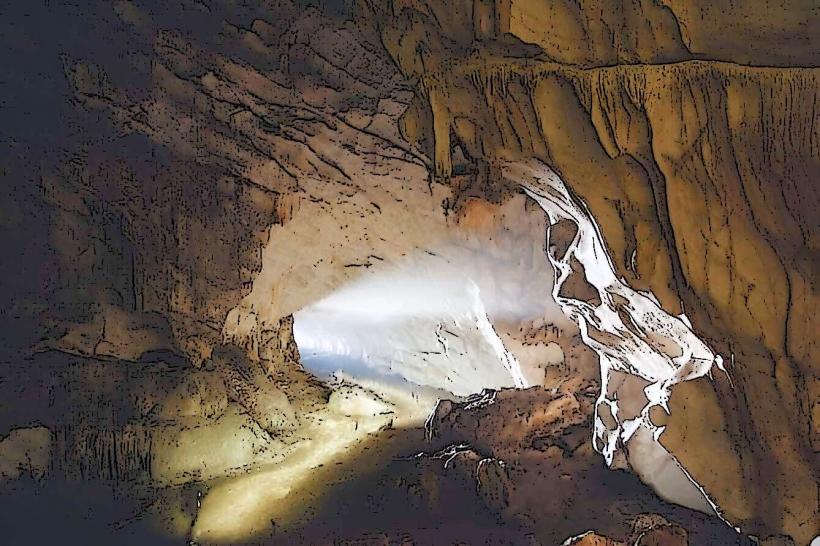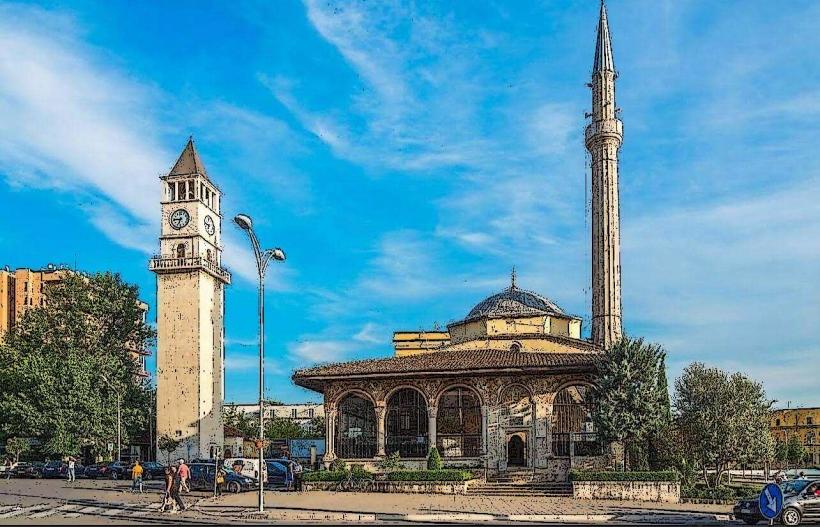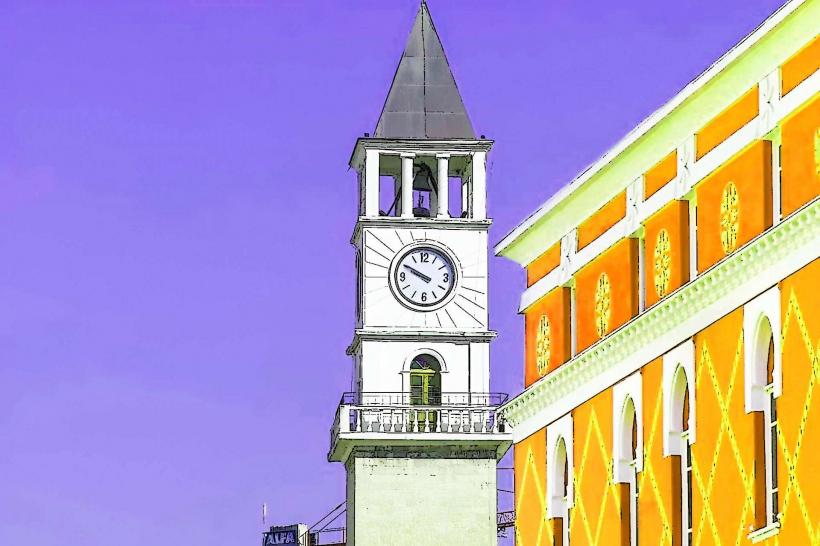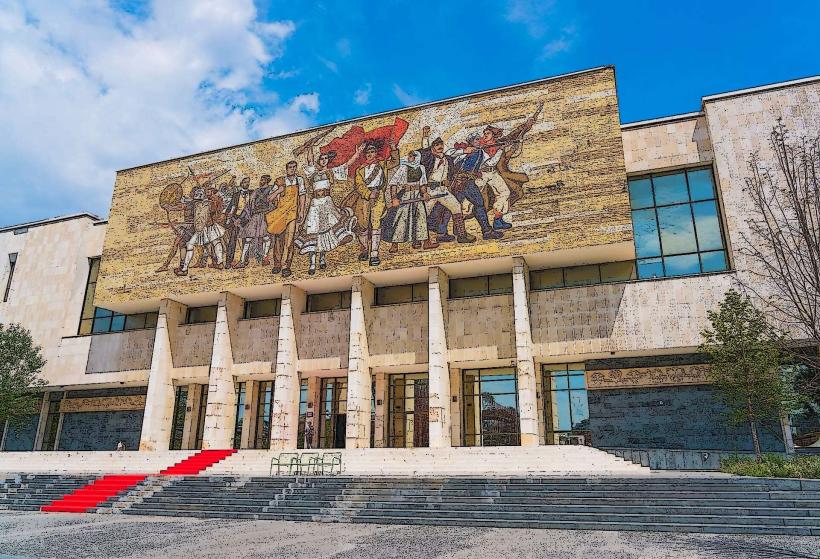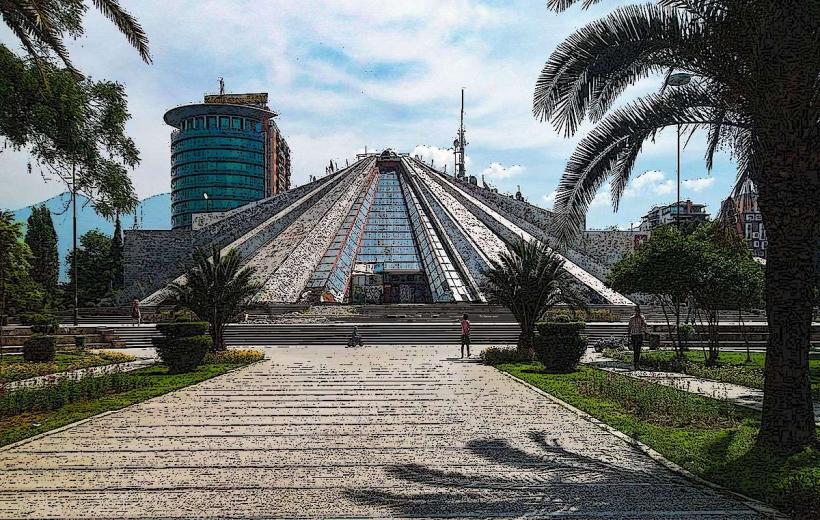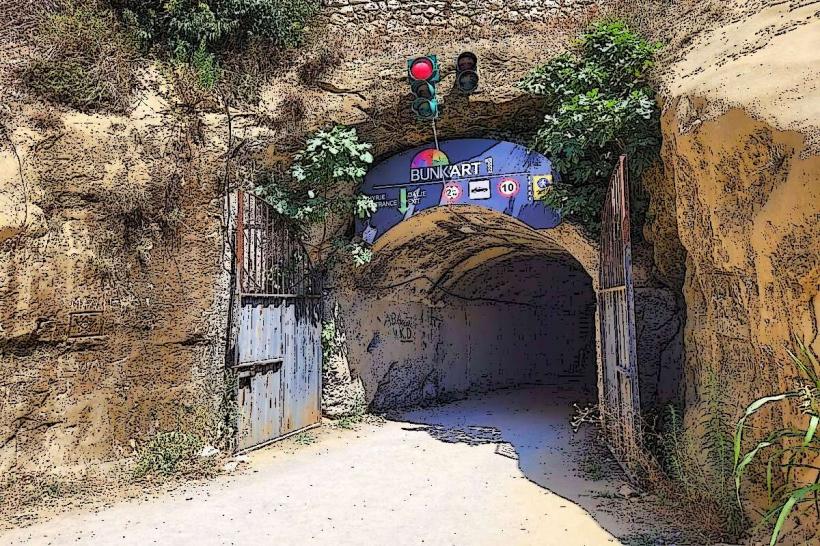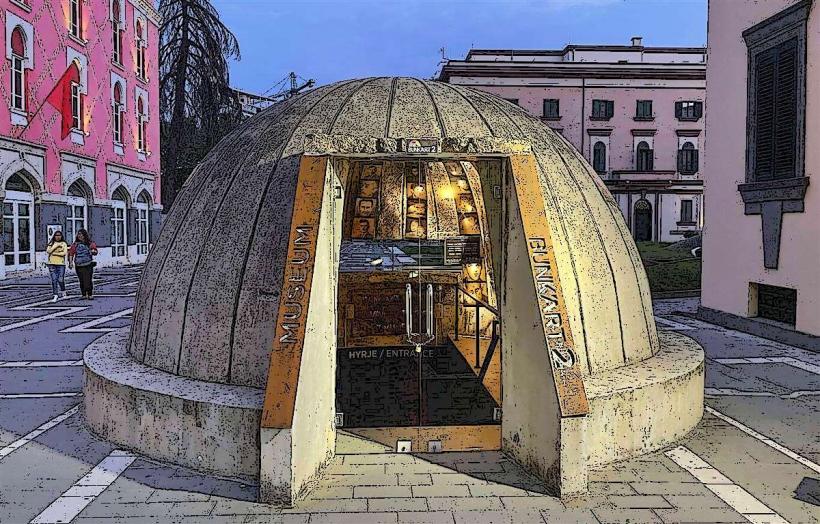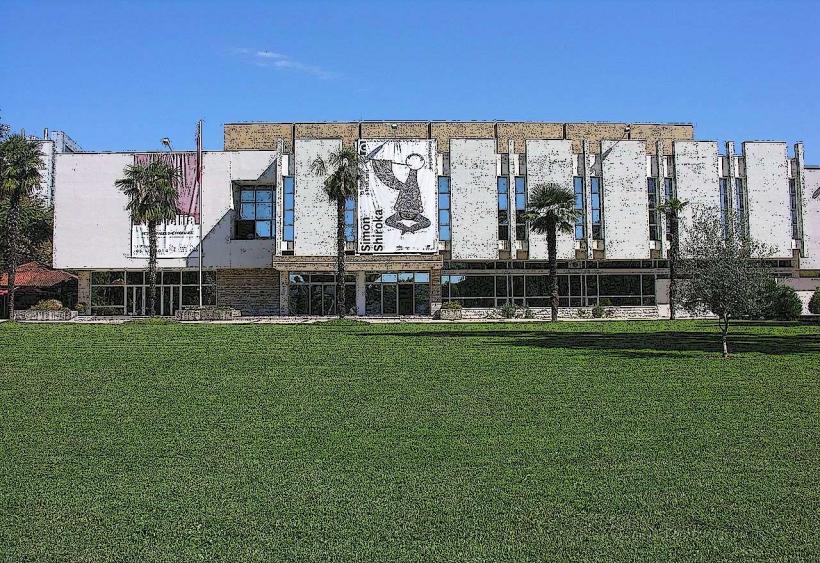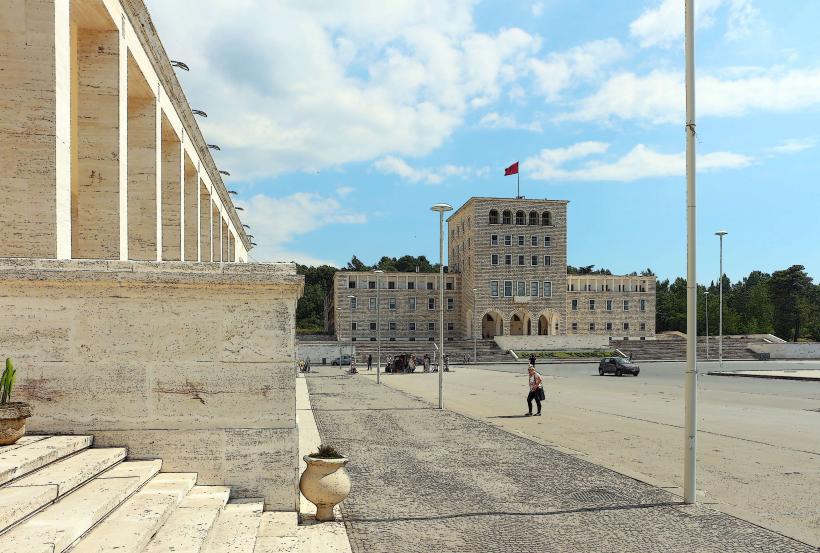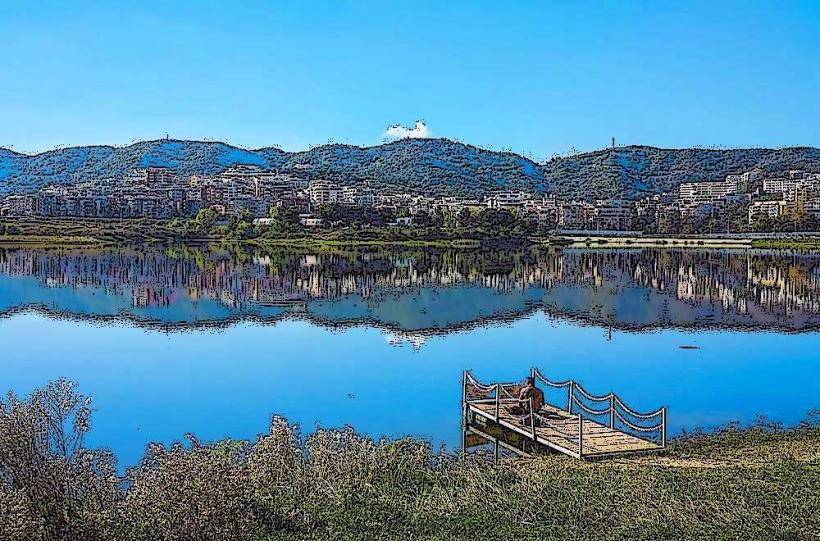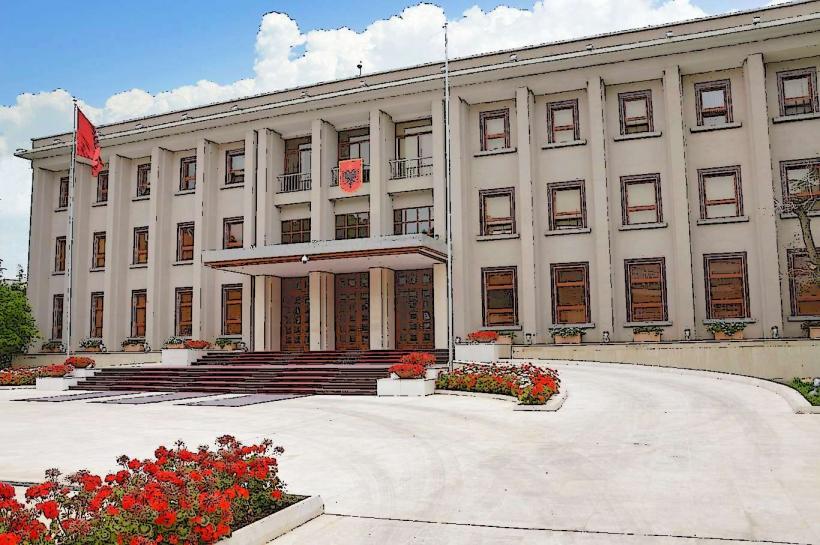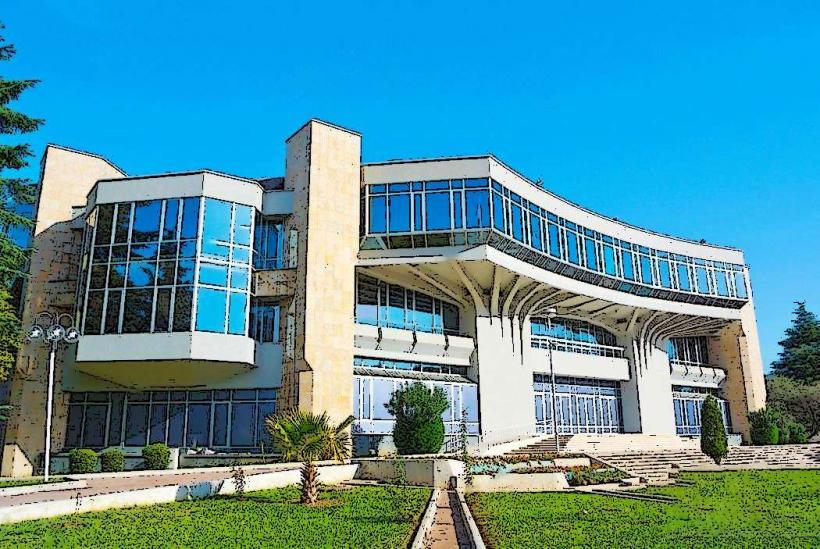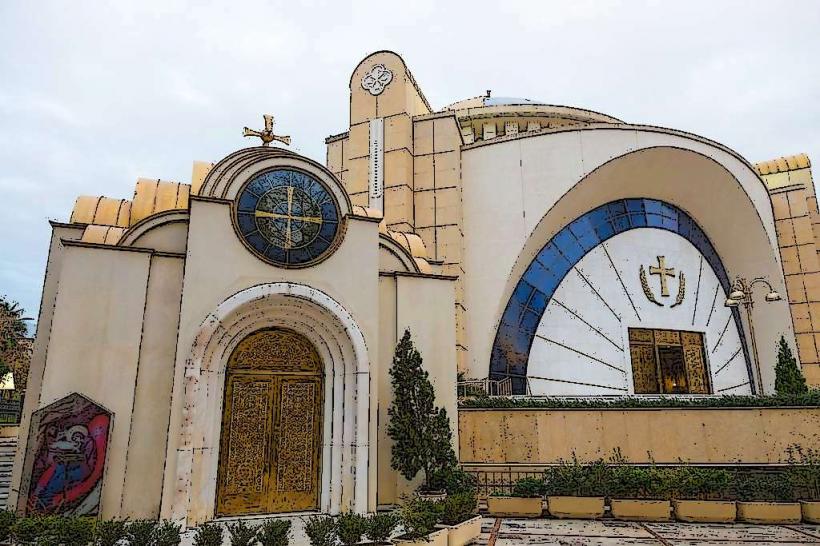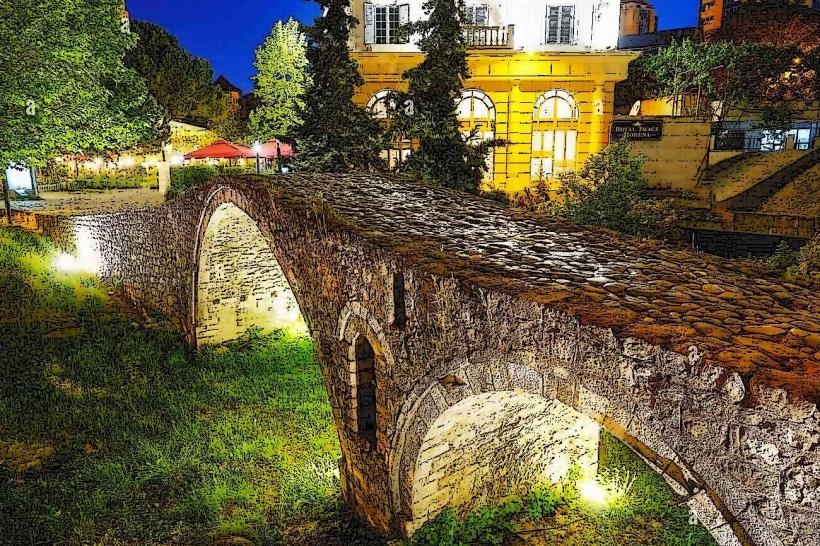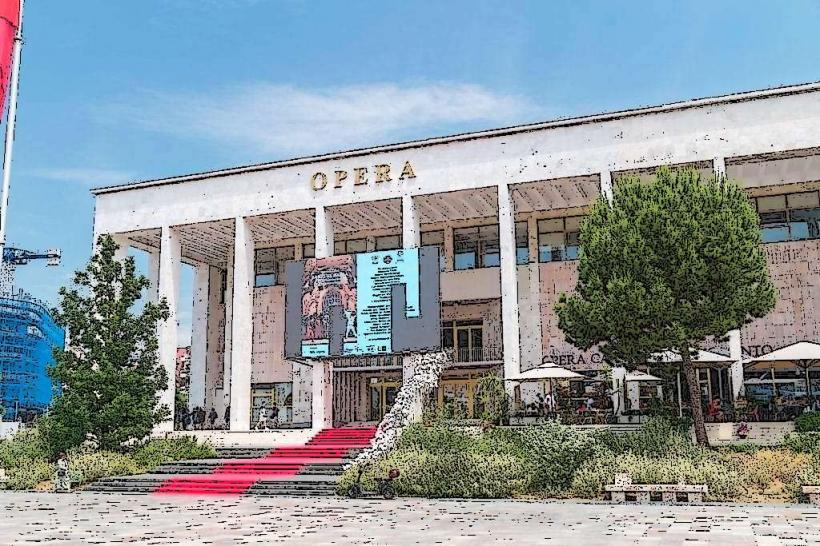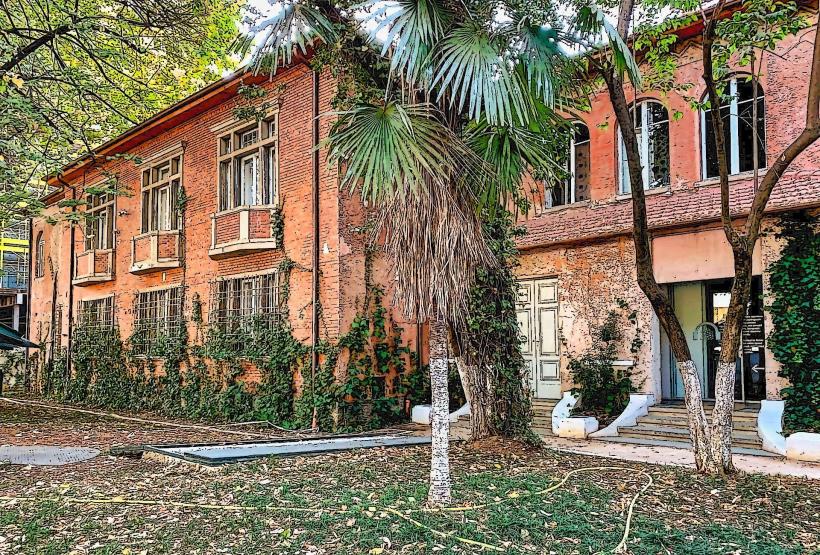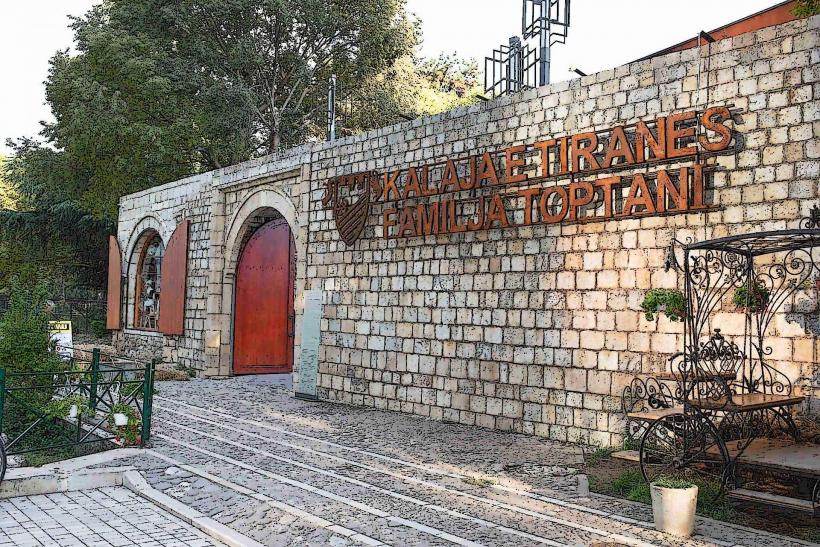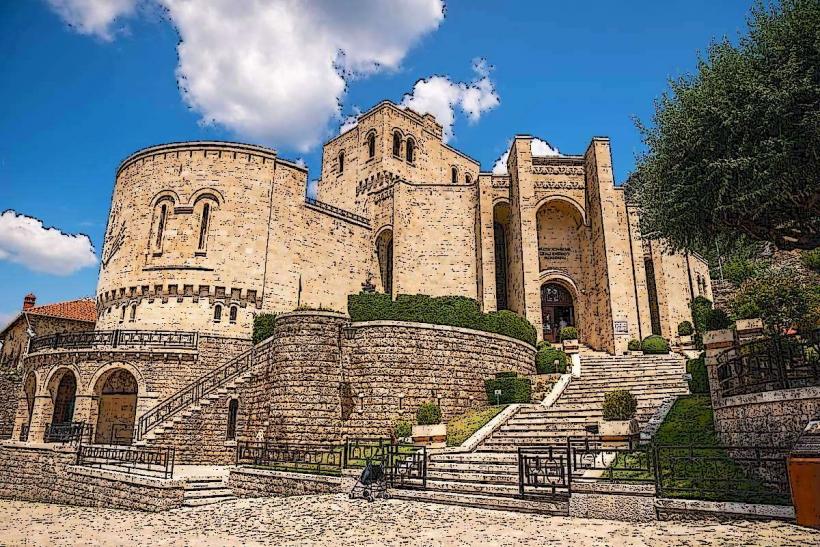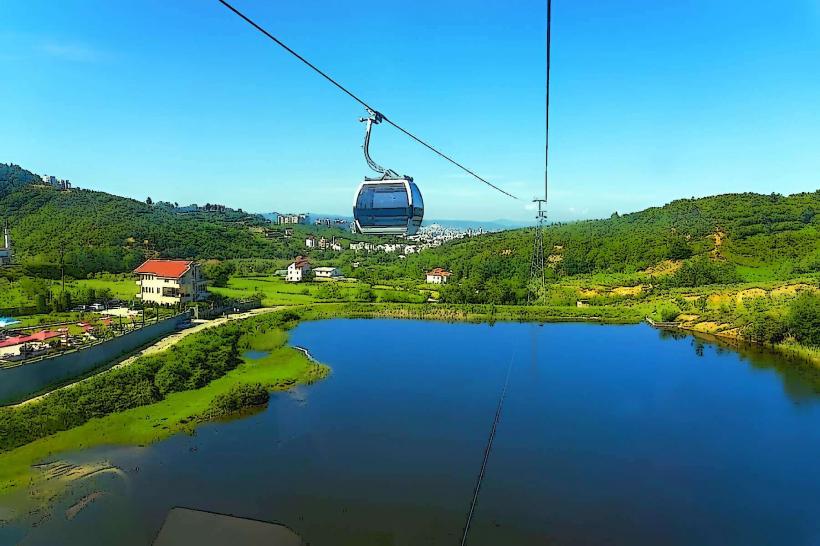Information
Landmark: Skanderbeg SquareCity: Tirana
Country: Albania
Continent: Europe
Skanderbeg Square (Sheshi Skënderbej) is the heart of Tirana, Albania's capital, and serves as both a historical and cultural center. The square is named after Gjergj Kastrioti, known as Skanderbeg, a national hero who led a resistance against the Ottoman Empire in the 15th century. The square's significance goes beyond its modern-day role as a social and political gathering place—it's steeped in history, architecture, and transformation. Here's a detailed look at the various elements that make up this iconic square:
1. Skanderbeg Statue
The centerpiece of the square is the monument to Skanderbeg, a large equestrian statue sculpted in 1968 by the Italian artist Francesco Mazzucotelli. Skanderbeg is portrayed on horseback, holding a sword, symbolizing his role as a warrior and leader in the fight against the Ottoman Empire. The statue, located at the center of the square, acts as a focal point and a symbol of Albanian national pride.
2. The National History Museum
One of the key landmarks along the northern side of the square is the National History Museum (Muzeu Historik Kombëtar), the largest museum in Albania. This museum is a treasure trove of Albanian history, presenting the country's past from prehistoric times through the medieval and Ottoman periods, and into modern history.
- The Museum's Facade: The museum is known for its distinctive facade, which features a large mosaic called "The Albanian Renaissance." It depicts various historical figures, including Skanderbeg, and scenes from the country's fight for independence.
- Exhibits: Inside, the museum is divided into several sections, including archaeology, the Ottoman period, the National Renaissance, World War II, and the Communist era. It houses important artifacts, such as ancient pottery, weapons, and traditional costumes, as well as documents and photographs from Albania's modern history.
3. The Et'hem Bey Mosque
The Et'hem Bey Mosque is one of the most notable Ottoman-era structures in Tirana. Built in the late 18th century by Molla Bey, it is a significant religious and cultural landmark in the square.
- Architecture: The mosque is renowned for its ornate frescoes on the interior walls, which depict landscapes, trees, and even a view of the Tirana river, all in a style that contrasts with typical religious iconography. The mosque's simple, yet elegant design includes a beautiful dome and a tall minaret.
- Historical Significance: The mosque served as a place of worship and a symbol of the influence of the Ottoman Empire in Albania. It was one of the few religious buildings in the country that remained operational after the fall of communism, which officially declared Albania an atheist state in the 1960s. In 1991, it reopened to the public and has since become a symbol of religious tolerance in Albania.
4. The Clock Tower
The Clock Tower (Kulla e Sahatit) is another important landmark near the square. Built in 1822, it stands at 35 meters (about 115 feet) tall and was originally used to signal the time for the residents of Tirana.
- Structure and Design: The tower is built in traditional Ottoman style, with a narrow brick body and a clock face on each side. It is a distinctive feature of Tirana's skyline and has become an emblem of the city. The tower was restored in the 1990s and is now a popular tourist spot.
- Role in the City: While the clock tower no longer serves its original timekeeping function, it remains an important cultural landmark and is a favorite subject of photographs for visitors.
5. Modern Urban Developments
Over the years, Skanderbeg Square has undergone extensive transformations to make it a more modern, pedestrian-friendly space, especially after the fall of communism in the early 1990s.
- Pedestrianization: In recent years, the square has been pedestrianized, eliminating traffic and creating a more open and inviting space for residents and tourists alike. The redesign aims to create a blend of the old and the new, where historical monuments coexist with contemporary urban design.
- Paving and Fountains: In 2017, a major renovation project was completed, and the square was paved with large slabs of granite. Several fountains were added to enhance its beauty and serve as a place of relaxation for visitors.
- Public Events: Today, Skanderbeg Square is often used for public events, festivals, and gatherings, such as concerts, protests, and national celebrations. It is also surrounded by government buildings, including the Palace of Culture, the Albanian National Library, and the Ministry of Education.
6. The Surrounding Architecture
The buildings surrounding Skanderbeg Square are a mix of historical and modern structures, reflecting the evolution of Tirana's urban development over the years.
- Tirana City Hall: Located to the west of the square, this building is a key governmental structure that houses the municipal administration. It was built during the early years of the 20th century.
- The Opera House: Just adjacent to the square, this building once housed the National Theatre and Opera but was shut down in recent years amid controversy over its demolition for new developments. Its story continues to be a topic of debate in Tirana’s urban planning discussions.
7. Skanderbeg Square's Role in Modern-Day Tirana
Beyond being a historical site, Skanderbeg Square is also a vital space for modern civic life. It has become a center for public life in Tirana, with regular social activities, demonstrations, and civic engagement.
- Cultural Significance: The square is often seen as a meeting point for Albanians and a symbol of national unity. It is also a place where people gather to express political views, celebrate national holidays, and engage in cultural activities.
- Economic and Social Hub: Skanderbeg Square is surrounded by cafes, shops, and offices, making it a commercial and social hotspot. The square is within walking distance of some of the city's most important cultural and commercial establishments, further cementing its central role in Tirana's urban life.
Conclusion
Skanderbeg Square is a place where Albania's rich history and vibrant present converge. It is both a cultural landmark and a living, breathing part of Tirana's urban life. The blend of historical monuments like the Skanderbeg statue, the Et'hem Bey Mosque, and the Clock Tower, alongside modern urban planning and development, makes it a symbol of Tirana’s past, present, and future. The square is not just a tourist destination, but a central point where Albanians engage with their history, culture, and each other.

